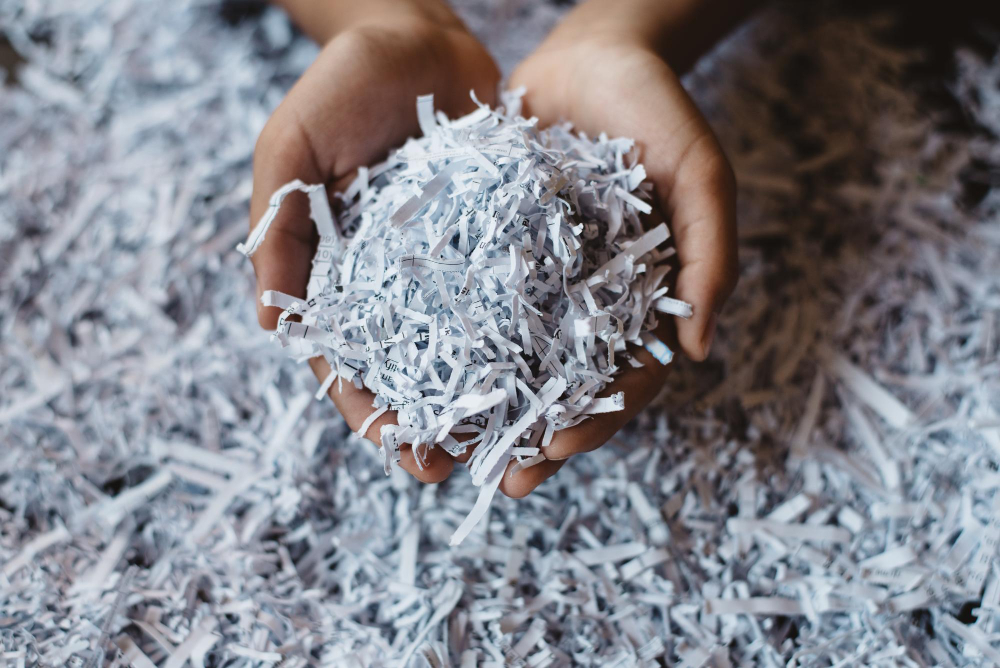Overview of the Paper & Pulp Industry
The Paper & Pulp Industry is a vital component of the global manufacturing sector, involved in the production of paper, cardboard, and related products used across various industries — including packaging, publishing, hygiene, and office supplies.
This industry begins with the production of pulp , which is the raw material obtained from wood, recycled paper, or agricultural residues. There are three main types of pulp:
- Mechanical pulp , used mainly for newsprint and low-cost papers
- Chemical pulp , known for producing strong, durable paper used in fine printing and tissue products
- Recycled fiber pulp , sourced from post-consumer waste and industrial scraps
Once produced, pulp undergoes further processing to be transformed into a wide range of paper and paperboard products such as:
- Printing and writing paper
- Packaging materials (e.g., corrugated boxes, cartons)
- Tissue and hygiene products (toilet paper, napkins, tissues)
- Specialty papers (labels, filters, decorative papers)
Key Applications:
- Packaging : The largest growing segment due to e-commerce and demand for sustainable alternatives to plastic.
- Printing & Publishing : Includes books, newspapers, and magazines (though this segment has declined with digitalization).
- Tissue & Hygiene : A consistently high-demand area driven by population growth and health awareness.
Challenges Facing the Industry:
- Environmental concerns : Deforestation, water usage, and chemical discharge remain major issues.
- Waste management : Although recycling rates are high, contamination and collection inefficiencies persist.
- Energy consumption : Pulp and paper mills are energy-intensive, prompting a shift toward renewable energy sources.
- Competition from digital media and alternative materials : Especially in traditional print sectors.
To address these challenges, many companies in the paper and pulp industry are adopting sustainable practices , such as:
- Using certified forest sources (e.g., FSC-certified wood)
- Increasing recycling rates
- Investing in energy-efficient technologies
- Exploring alternative fibers like hemp, bamboo, and agricultural residues
As environmental awareness grows, the industry is evolving to balance economic needs with ecological responsibility, positioning itself as a key player in the circular economy.

